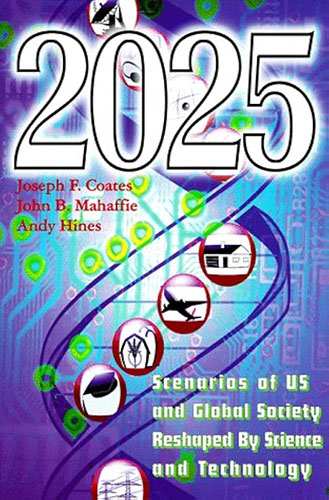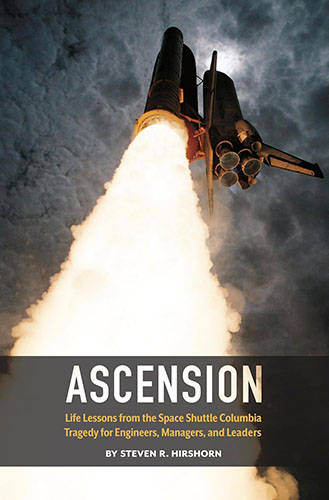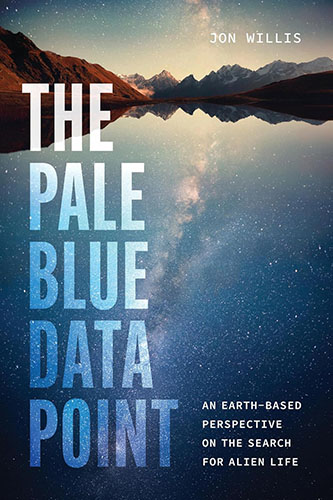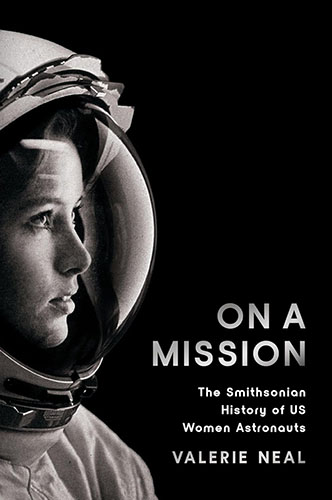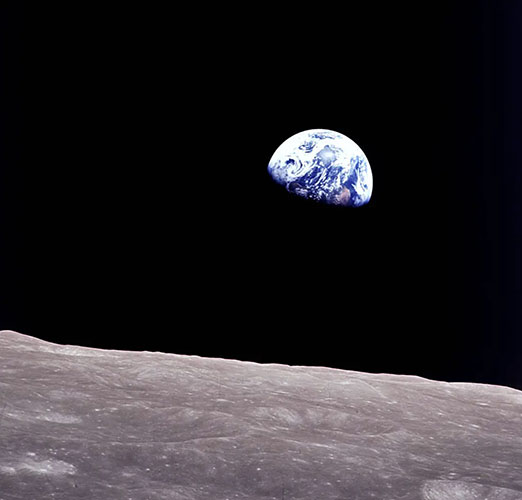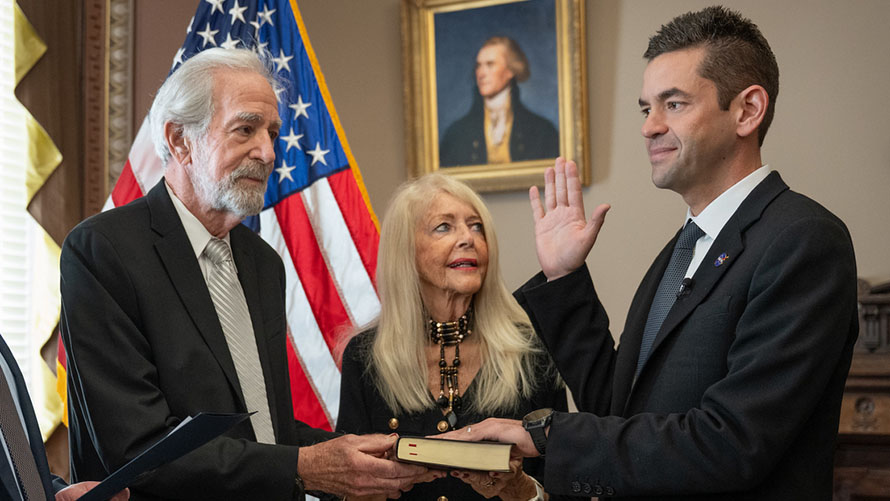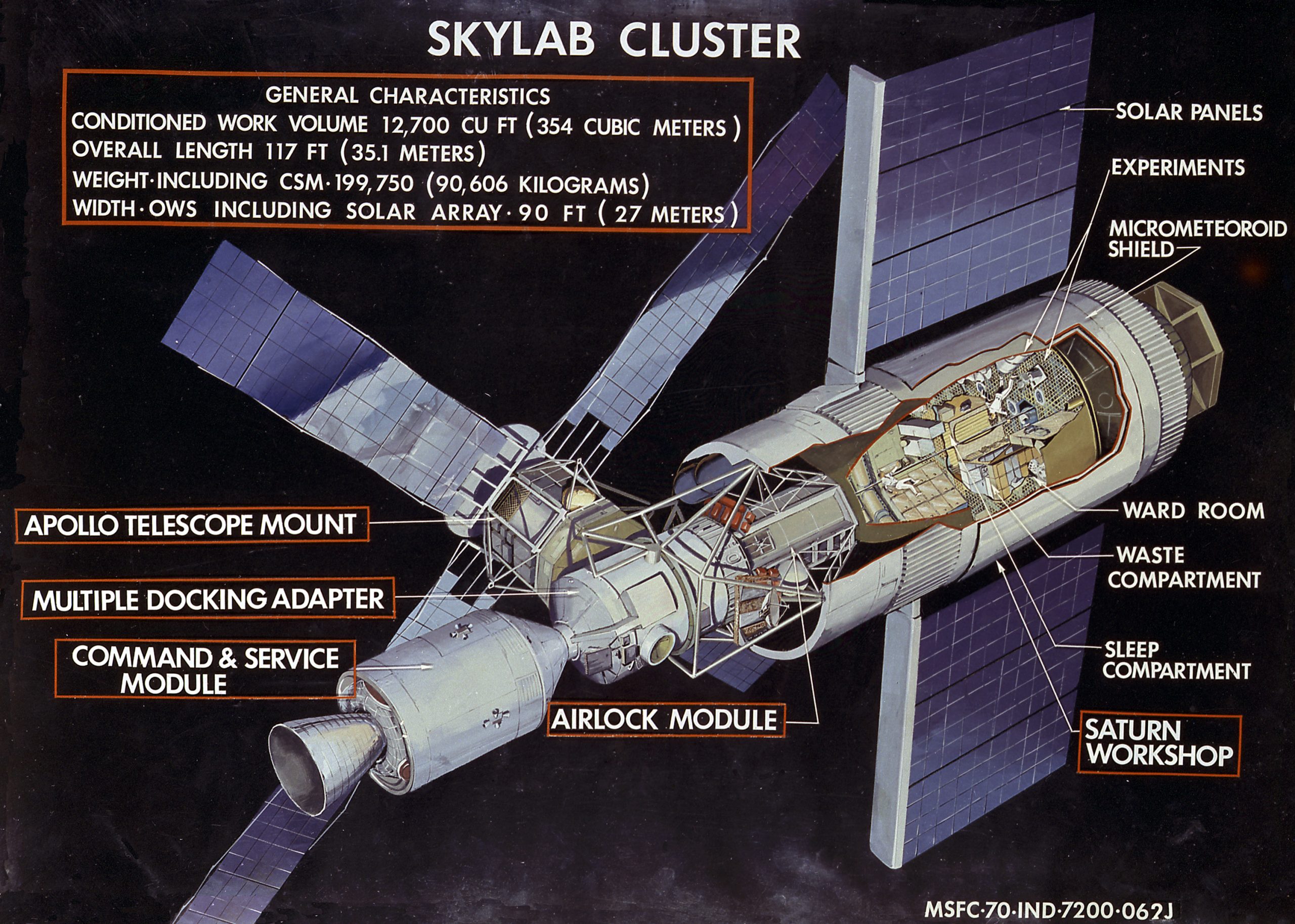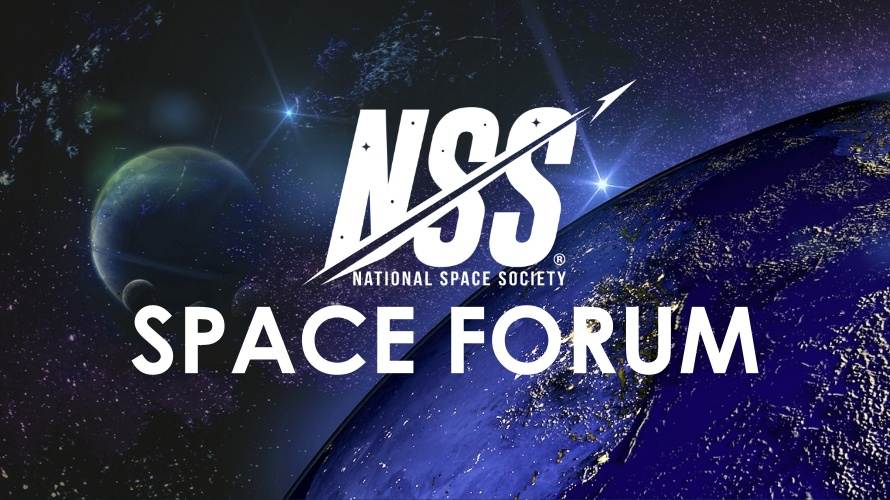Category: Nonfiction
Reviewed by: Susan Raizer
Title: Sharing Space: An Astronaut’s Guide to Mission, Wonder, and Making Change
Author: Cady Coleman
Format: Hardcover/Kindle
Pages: 272
Publisher: Penguin Life
Date: July 2024
Retail Price: $28.00/$15.99
ISBN: 978-0593494011
Find this book
The author, Catherine (“Cady”) Coleman served in the Air Force as a chemist, retiring as a Colonel in 2009. She was selected by NASA to be an astronaut in 1992 and had a varied career there, retiring in 2016. Her NASA experiences include two space shuttle missions, STS 73 in 1995 and STS 93 in 1999 as well as a six month stay on the International Space station as part of Expeditions 26 and 27. She also served as Chief of Robotics for the Astronaut Office and was on an 11-day mission as an aquanaut on the NEEMO 7 mission.
Throughout her life, she has faced many challenges based on societal and professional challenges (being a woman in a predominantly male-oriented occupation), even from her own family. Her earliest recollection is that her father did not wake her up to view the landing of Apollo 11 in 1969 because he thought she would not be interested in it.
Growing up, she saw only male astronauts until 1978 when a class of astronauts first included women. One of these, Sally Ride, presented a lecture at Massachusetts Institute of Technology where Cady was an undergraduate student majoring in chemistry and engineering, while also a member of the ROTC. For the first time, she saw women as astronauts and it sparked her interest. After graduation, she went on active duty, stationed at Wright-Patterson Air Force base as a research chemist. However, she never lost the astronaut bug instilled in her by Sally Ride. She was not a likely NASA candidate because she was only in the Air Force for two years and was a scientist as well as working on her doctorate at the University of Massachusetts at Amherst. Nevertheless, she applied and was selected by NASA in 1992.
The book details how she overcame all roadblocks to achieve her goals. This began when she applied to MIT even though her peers did not think she would be accepted. Applying to NASA was a challenge because she had to get Air Force permission. Her NASA training brought her more challenges but she learned that she had a voice and that people would listen to her while at the same time help her become the best astronaut she could be. She admitted that she was a bit of a procrastinator; however she had a ‘community’ of support of friends, family and colleagues to keep her focused and support her in every way. She had willing colleagues to teach her to fly the T38 (she was not a pilot in the Air Force). She also studied intensely to make sure that she knew all the parameters of her missions. For her mission on STS 93 that deployed the Chandra X-Ray Observatory, not only did she learn how to deploy the telescope, but immersed herself in learning about the science and history of x-ray astronomy.
Coupled with the strenuous learning curve she set for herself at NASA, she had the added responsibilities of being a wife and a mother. Her marriage was unusual in that her husband Josh Simpson could not relocate to Houston, TX as he was a glass artist with a business in Massachusetts. The marriage was long-distance, but her husband was fully supportive of her work at NASA. When she had her son, it was a constant struggle to raise him in two different states. In this, she relied on NASA colleagues and friends to help with baby-sitting and even flight arrangements. Her son went to schools in Houston when she was there, and in Massachusetts when she was on a mission or was away in training or at conferences for NASA.
She explained in the book that it was not only familial responsibilities that challenged her, but she had to convince NASA and her colleagues that she could handle all her responsibilities. In addition to these challenges, she had negative reactions from some colleagues, especially those of other nationalities, who felt there was no place for a woman in space. Through her performance and expertise, she was able to overcome these naysayers. In addition, she was successful in offering changes that made tasks easier and missions more successful, as well as being very supportive of girls and women pursuing their dreams.
This reviewer recommends Sharing Space to National Space Society members for several reasons. First, the book is well-written and engages the reader in what an astronaut, especially a female astronaut, has to face to be successful. Secondly, Cady Coleman had to perform her work while at the same time having family responsibilities. It was gratifying to learn how she relied on her ‘community’ to provide support as she went to other countries for training and to space to pursue her astronaut career. Third, this reviewer met Cady Coleman in 1999 and found her to be a warm, friendly and intelligent person.
© 2024 Susan Raizer
NSS index of over 400 book reviews


